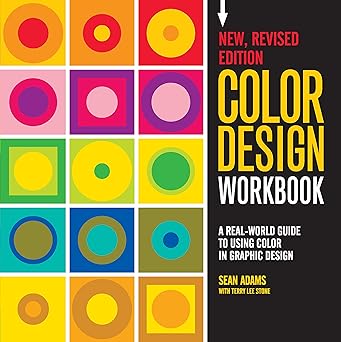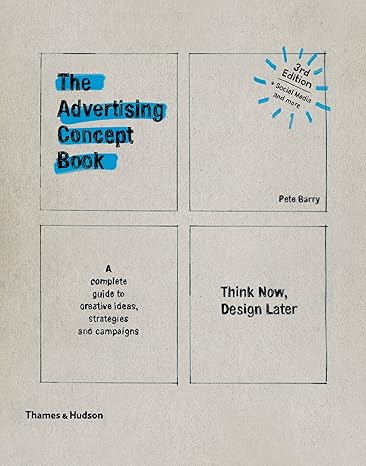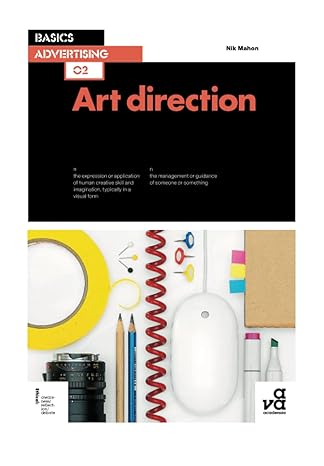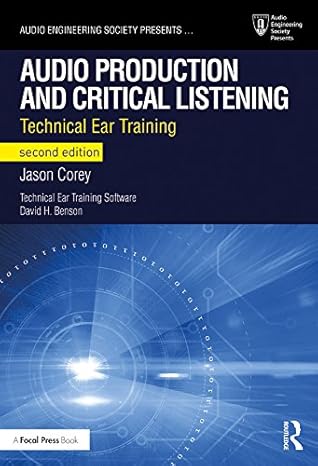l with the activities carried out through the dynamics. Post-its with notes of team members. Design Process After the discovery process, study of the problem, benchmarking and betting on solutions, we can have a more elaborate idea, with a theoretical and technical basis, of what needs to be done. Since the beginning of the process, we have been working with the most advanced versions of the feature, which already project a long-term vision. I try to bring the developers and QA team closer to this process, bringing lessons to the team and sharing what I'm developing as a team designer. The sooner everyone involved participates, the better. Usability Tests On top of this vision of the future and with a total focus on the user, we apply usability tests. Each test contributes to the next one being even better or meeting the technical requirements raised in the previous test for validation. Given this scenario, we feel the need to push the team so that it is possible to establish an alignment, so that they also contribute during the process and get involved in the initial stages. Elaborating the dynamic The development of the game itself required inputs related to usability research. Many of the points raised had already been identified in user tests, as priority or important issues for the understanding and execution of functions. With the definition of the main tasks that the user could perform in the mapped flow, we built a board that allowed us to identify the main bets in situations and scenarios. Driving the dynamic Before leaving “playing”, it was important to present the concept of the proposal and everything that had already been developed by the team related to the project until that moment, as a retrospective, giving a more macro context of the whole situation. Thus, having a scenario and a vision of the future established, the dynamic was introduced as part of the process where the result would be a clear and objective definition of the final delivery of the first version of the feature. Figure 3: Each screen is an obstacle that needs to be overcome until the user's desired task is completed. One of the processes that help to engage teams is to put the design process into practice and allow everyone the opportunity to work simultaneously. The idea was to develop a dynamic following a gamification-like line, in which we explore the user flow in a playful way. Thus, with possibilities to build paths and visualize the entire journey, we built together the main screens that would serve the user's journey within the RD Station. I spread several prototype screens on the table, with many possible paths and flows options. It was the first step of this construction flow, where we prepared the ground for the next steps. Figure 4: The entire team has the opportunity to express themselves and is responsible for delivery decisions. Afterwards, we worked on defining a persona that would perform some functions within the new feature, completing the cycle and designing the main user flows. For each task that the user would perform, a color was established and the purpose of the game was to guide the user through the interface to the different paths he could take. It is possible to predict whether we are designing pathways that make sense and make the user journey an ongoing process. This allowed everyone to build the flow in a participatory way and with several options to elaborate the task flow
چکیده فارسی
l با فعالیت های انجام شده از طریق پویایی. پست آن با یادداشت های اعضای تیم. فرآیند طراحی پس از فرآیند کشف، مطالعه مشکل، معیارسنجی و شرط بندی بر روی راه حل ها، می توانیم با یک مبنای نظری و فنی، ایده دقیق تری از آنچه باید انجام شود، داشته باشیم. از ابتدای این فرآیند، ما با پیشرفتهترین نسخههای این ویژگی کار میکنیم که از قبل چشمانداز بلندمدتی را ارائه میکنند. من سعی میکنم توسعهدهندگان و تیم QA را به این فرآیند نزدیکتر کنم، درسهایی را برای تیم بیاورم و آنچه را که بهعنوان یک طراح تیم توسعه میدهم به اشتراک بگذارم. هر چه زودتر همه درگیر شرکت کنند، بهتر است. تست های قابلیت استفاده در بالای این چشم انداز آینده و با تمرکز کامل روی کاربر، تست های قابلیت استفاده را اعمال می کنیم. هر آزمون به بهتر بودن تست بعدی یا برآورده شدن الزامات فنی مطرح شده در آزمون قبلی برای اعتبار سنجی کمک می کند. با توجه به این سناریو، ما احساس می کنیم که باید تیم را به گونه ای تحت فشار قرار دهیم تا امکان ایجاد همسویی وجود داشته باشد تا آنها نیز در طول فرآیند مشارکت داشته باشند و در مراحل اولیه شرکت کنند. تشریح پویایی توسعه بازی به خودی خود نیازمند ورودی های مرتبط با تحقیقات قابلیت استفاده بود. بسیاری از نکات مطرح شده قبلاً در تست های کاربر به عنوان اولویت یا مسائل مهم برای درک و اجرای توابع شناسایی شده بودند. با تعریف وظایف اصلی که کاربر می توانست در جریان نقشه برداری شده انجام دهد، تابلویی ساختیم که به ما امکان می داد شرط های اصلی را در موقعیت ها و سناریوها شناسایی کنیم. پیش بردن پویایی قبل از ترک «بازی»، ارائه مفهوم پروپوزال و هر آنچه قبلاً توسط تیم مرتبط با پروژه تا آن لحظه توسعه داده شده بود، به عنوان یک گذشته نگر، ارائه یک زمینه کلان تر از کل وضعیت مهم بود. . بنابراین، با داشتن سناریو و چشم اندازی از آینده، پویا به عنوان بخشی از فرآیند معرفی شد که در آن نتیجه، تعریف واضح و عینی از تحویل نهایی اولین نسخه از ویژگی خواهد بود. شکل 3: هر صفحه مانعی است که باید بر آن غلبه کرد تا کار مورد نظر کاربر تکمیل شود. یکی از فرآیندهایی که به مشارکت تیمها کمک میکند این است که فرآیند طراحی را عملی کنیم و به همه اجازه دهیم تا به طور همزمان کار کنند. ایده این بود که یک خط داینامیک پیروی از یک خط گیمیفیکیشن ایجاد کنیم، که در آن جریان کاربر را به روشی بازیگوش بررسی میکنیم. بنابراین، با امکان ساخت مسیرها و تجسم کل سفر، صفحههای اصلی را با هم ساختیم که به سفر کاربر در ایستگاه RD خدمت میکنند. من چندین صفحه نمایش نمونه اولیه را روی میز پهن کردم، با بسیاری از مسیرها و گزینه های جریان ممکن. اولین قدم این جریان سازندگی بود که زمینه را برای مراحل بعدی آماده کردیم. شکل 4: کل تیم فرصت ابراز وجود دارد و مسئول تصمیمات تحویل است. پس از آن، ما روی تعریف شخصیتی کار کردیم که برخی از عملکردها را در ویژگی جدید انجام می دهد، چرخه را تکمیل می کند و جریان های کاربر اصلی را طراحی می کند. برای هر وظیفه ای که کاربر انجام می داد، یک رنگ تعیین می شد و هدف از بازی هدایت کاربر از طریق رابط به مسیرهای مختلفی بود که می توانست طی کند. می توان پیش بینی کرد که آیا ما مسیرهایی را طراحی می کنیم که منطقی باشد و سفر کاربر را به یک فرآیند مداوم تبدیل کند. این به همه اجازه داد تا جریان را به روشی مشارکتی و با چندین گزینه برای تشریح جریان کار بسازند
ادامه ...
بستن ...
© 2021 Josias Oliveira
Product Design - A Product-Led perspective about digital product design
All rights reserved. No part of this publication may be reproduced, stored in a retrieval system or
transmitted in any form or by any means, electronic, mechanical, photocopying, recording or otherwise,
without the prior permission of the publisher or in accordance with the provisions of the Copyright or
under the terms of any license permitting copying.
Cover creation, curation and editing: Josias Oliveira
Revision: Luciane Martins da Silva
English version: Igor Martins da Silva Oliveira
ISBN: 978-65-00-41563-6
Distributed by: Amazon
ادامه ...
بستن ...










